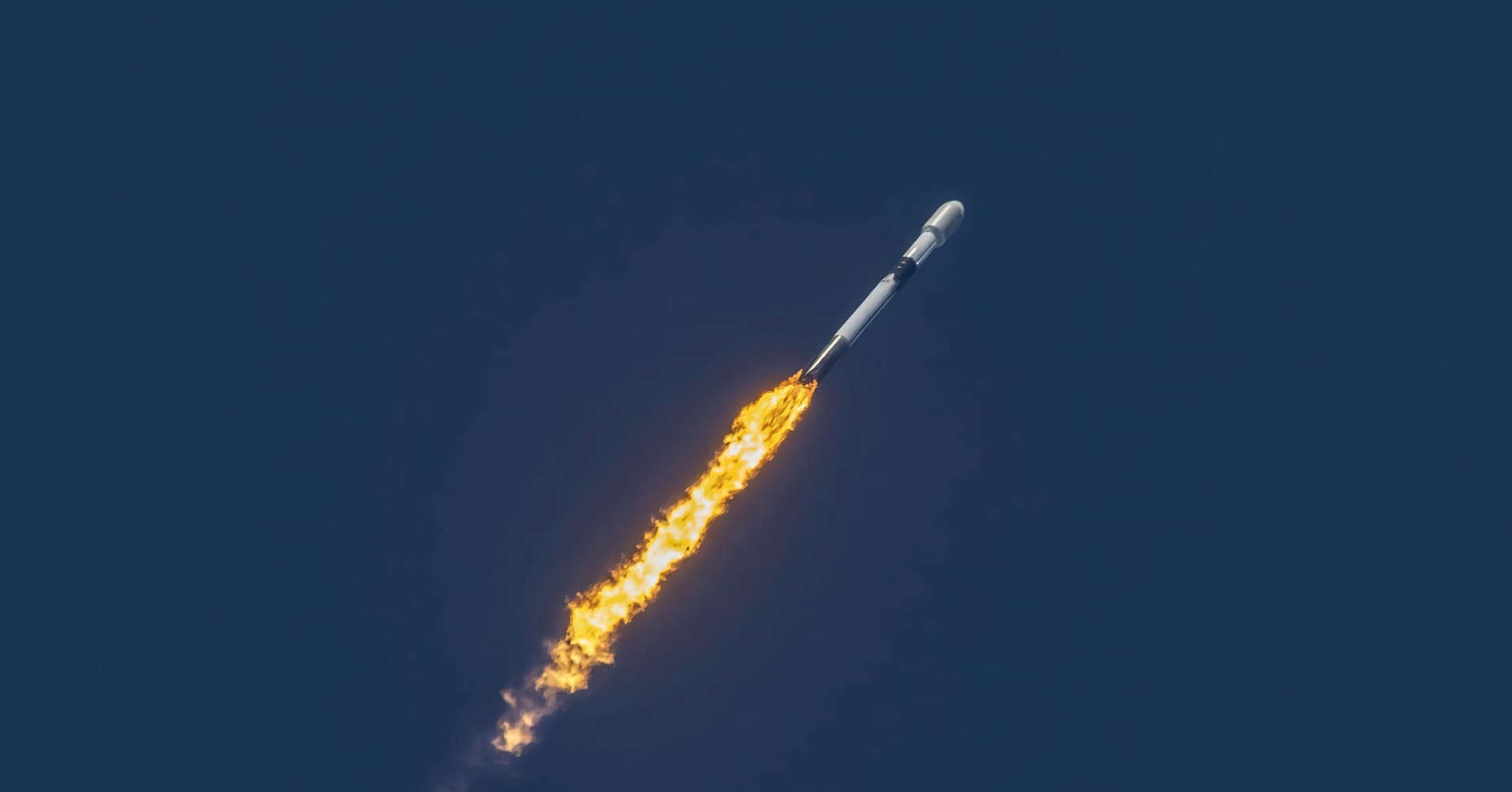By 2040, the space industry should reach an annual revenue of USD 1 trillion, and launch costs will decrease by 95%, according to an extensive report published this month by Citigroup analysts. The development of technology, the emergence of innovations and an increase in the share of private space companies will make near-Earth space more accessible, opening up more orbital services such as satellite broadband and manufacturing.

According to a Space Foundation study, the value of the global space economy in 2020 reached USD 424 billion, having increased by 70% since 2010. Private investments in space companies, especially through venture capital, have been steadily breaking annual records over the past decade. According to Space Capital’s quarterly report, last year, companies engaged in space infrastructure received USD 14.5 billion in private investment.
Despite Citigroup’s optimistic outlook, the firm stressed that much of the industry remains speculative. For example, mining on the Moon and asteroids, space logistics, space tourism, long-distance rocket travel, research and development in microgravity.
Launch costs are falling
According to Citigroup, the USD 1 trillion space economy will be achieved by reducing launch costs. Despite the fact that we often see on the news how rockets go into space, over the past decade there have been 40 times fewer of them than in the 1980s. The cost of launching a rocket is usually calculated in dollars per kilogram. From 1970 to 2010, the average launch cost stabilized at USD 16,000 per kilogram for a heavy payload and USD 30,000 for a light payload.
However, thanks to SpaceX with their Falcon 9, the cost of launches into space by private companies has dropped to USD 2,500, which is 30 times lower than NASA offers, and 11 times lower than the previous historical average. This is because the practice of reusing rocket boosters is now spreading, which significantly reduces the cost. According to Citigroup estimates, the cost of launching into space will be able to fall to about USD 300 per kilogram by 2040. But only if each rocket is reused about 10 times.
Satellite Market
The satellite market accounts for the largest part of the space economy — more than 70%. While satellite revenues mainly come from services such as television, experts see the expansion of consumer broadband access, mobile communications and the Internet of Things thanks to space.
Another sector in which Citigroup predicts significant growth is satellite images. The firm estimates that they account for about 2%, or USD 2.6 billion, of the current space economy. Analysts predict the expansion of the sector through “space-as-a-service” applications, reaching an annual sales volume of USD 17 billion by 2040.
Earlier, Space Perspective space balloons attracted USD 65 million in investments.
According to CNBC
Follow us on Twitter to get the most interesting space news in time
https://twitter.com/ust_magazine
